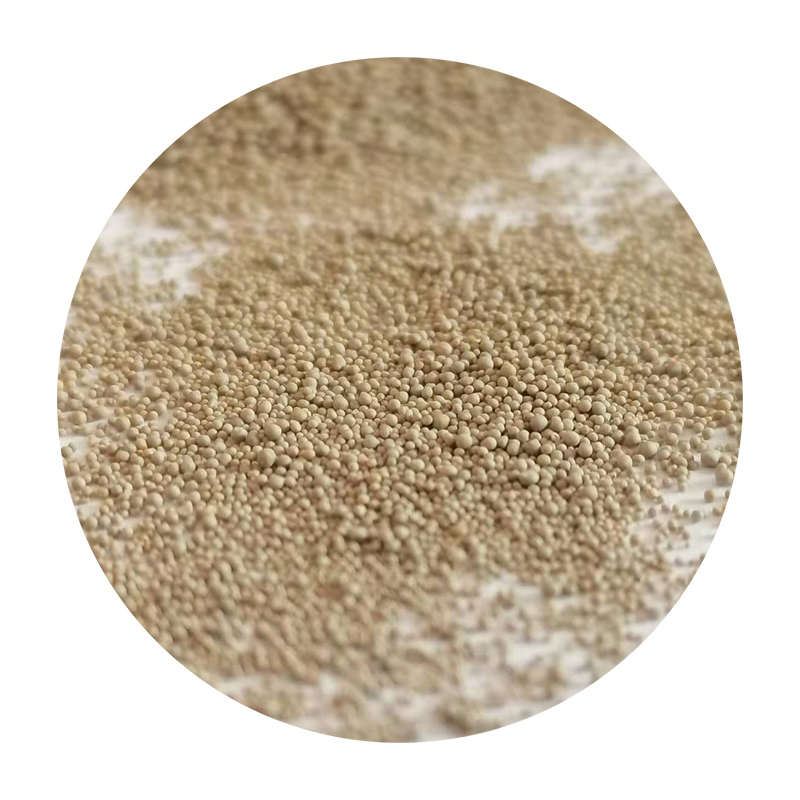The Importance of Foundry Casting Sand in Metalworking
Foundry casting sand plays an essential role in the metalworking industry, serving as a primary material for creating molds that shape and form molten metals. Casting is a process that has been utilized for centuries, allowing metalworkers to produce intricate designs and components that are crucial to various industries, including automotive, aerospace, and construction. Understanding the significance of foundry casting sand involves exploring its properties, types, and the benefits it offers in metal casting.
Properties of Foundry Casting Sand
Foundry casting sand is typically composed of silica grains, which are known for their high melting point and excellent thermal properties. This type of sand is carefully selected based on its grain size, grain shape, and bonding characteristics—each factor contributes to the quality and performance of the mold. The ideal casting sand should provide sufficient strength to hold its shape during the pouring of molten metal while also being able to withstand high temperatures without collapsing or losing detail.
Another important property of foundry casting sand is its permeability. This allows gases to escape through the mold during the casting process, preventing defects such as gas porosity or blowholes in the final product. Moreover, the moisture content of the sand plays a pivotal role; it influences the sand’s ability to create a good bond while also affecting the overall casting quality. A carefully balanced moisture level ensures that the sand can retain its shape and offers excellent surface finish to the casting.
Types of Foundry Casting Sand
There are various types of foundry casting sands used in metalworking, each serving specific applications. The most common types include
1. Silica Sand The most widely used foundry sand, silica sand is chosen for its high melting point and durability. Its uniform grain size contributes to the quality of the molds it creates.
2. Clay-Bonded Sand Often mixed with clay to provide additional binding properties, clay-bonded sand is known for its strength and ability to hold intricate details. This type of sand is mainly used for small to medium-sized castings.
foundry casting sand

3. Green Sand A mixture of silica sand, clay, and water, green sand is another popular choice. It is called green due to its moisture content. Green sand molds provide excellent surface detail and are easy to work with, making them ideal for a wide range of metal casting applications.
4. Resin Sand This type of sand uses resin as a binder, allowing for a higher degree of precision and surface finish. Resin sand molds can withstand higher temperatures and are often employed for more complex and intricate designs.
Advantages of Using Foundry Casting Sand
One of the primary advantages of foundry casting sand is its reusability. After casting, the sand can be reclaimed and reused in multiple cycles, offering a cost-effective solution for foundries while minimizing waste. This environmentally conscious aspect of casting operations aligns with the growing demand for sustainable manufacturing practices.
Moreover, foundry casting sand allows for a high level of customization. By adjusting the composition and characteristics of the sand, metalworkers can produce molds tailored to specific requirements, enabling the creation of parts with varying complexities and specifications.
Finally, the use of foundry casting sand can significantly enhance production efficiency. Properly prepared sand molds facilitate quicker cooling times for castings, leading to reduced cycle times and enhanced overall productivity.
Conclusion
In conclusion, foundry casting sand is an indispensable material in the metalworking industry. Its diverse properties, types, and advantages make it a vital component for producing high-quality metal castings. As technology advances and industries evolve, the role of foundry casting sand will continue to adapt, providing essential solutions to meet the demands of modern manufacturing. Understanding and optimizing the use of foundry casting sand can result in improved production processes, reduced environmental impact, and enhanced product quality—benefiting both manufacturers and consumers alike.
Post time:אוק . 12, 2024 09:00
Next:resin bonded sand casting
